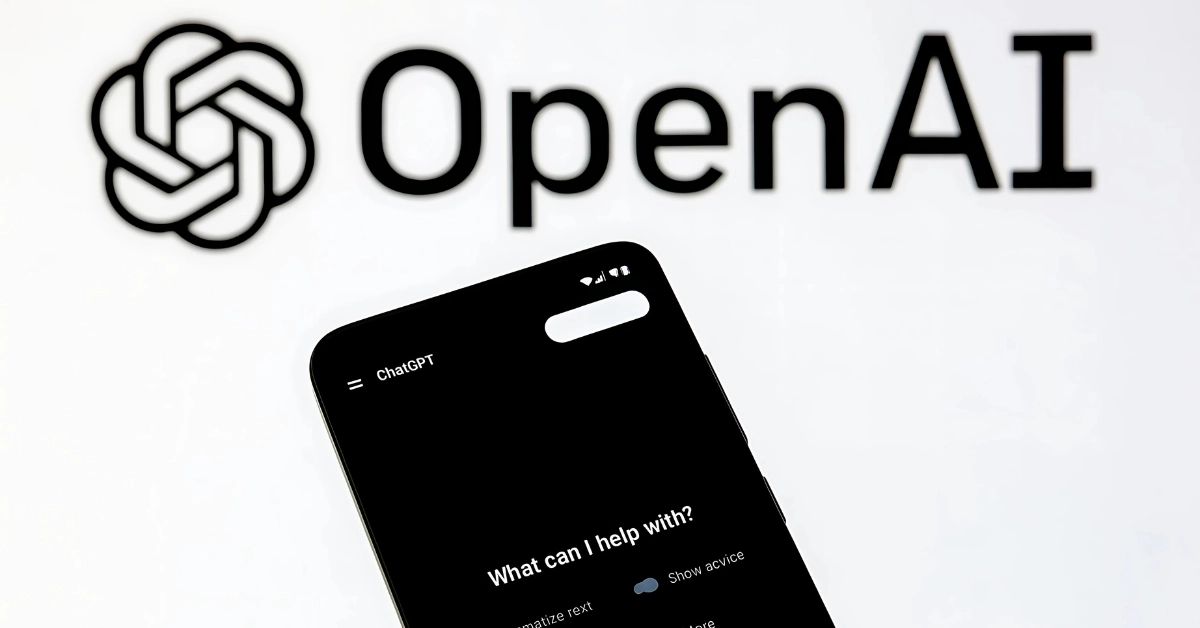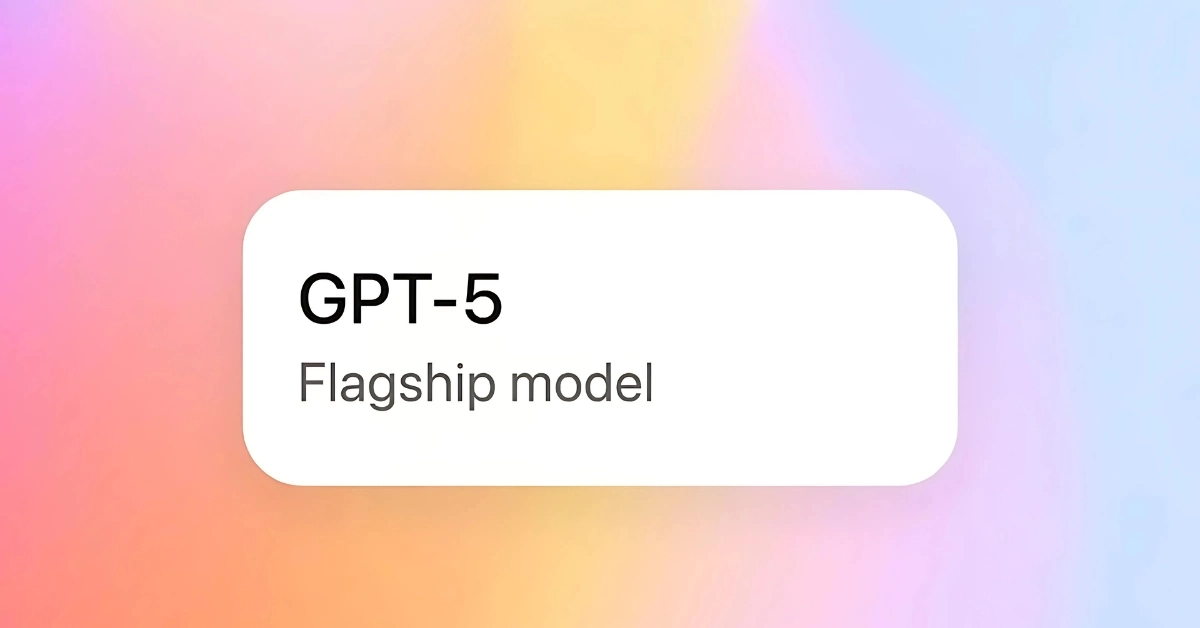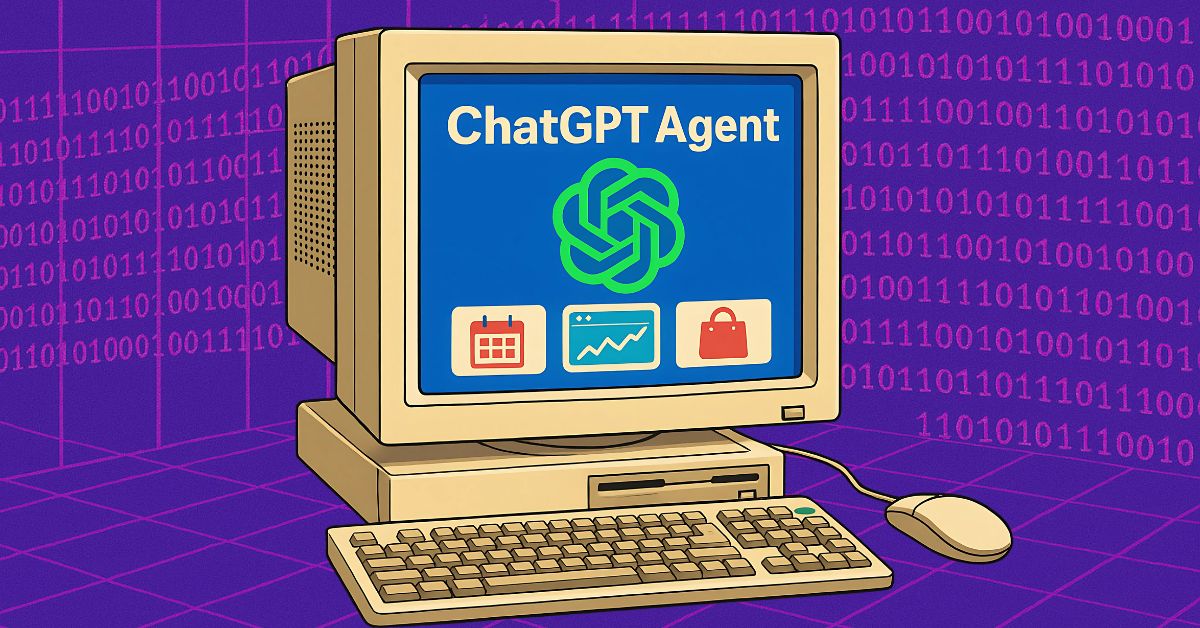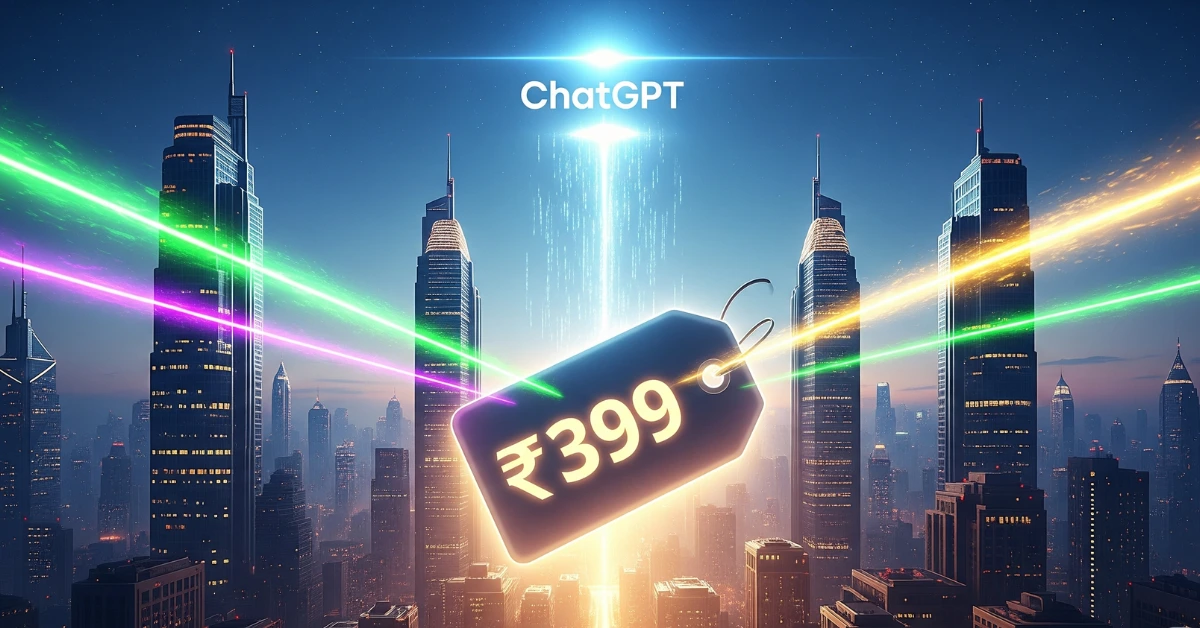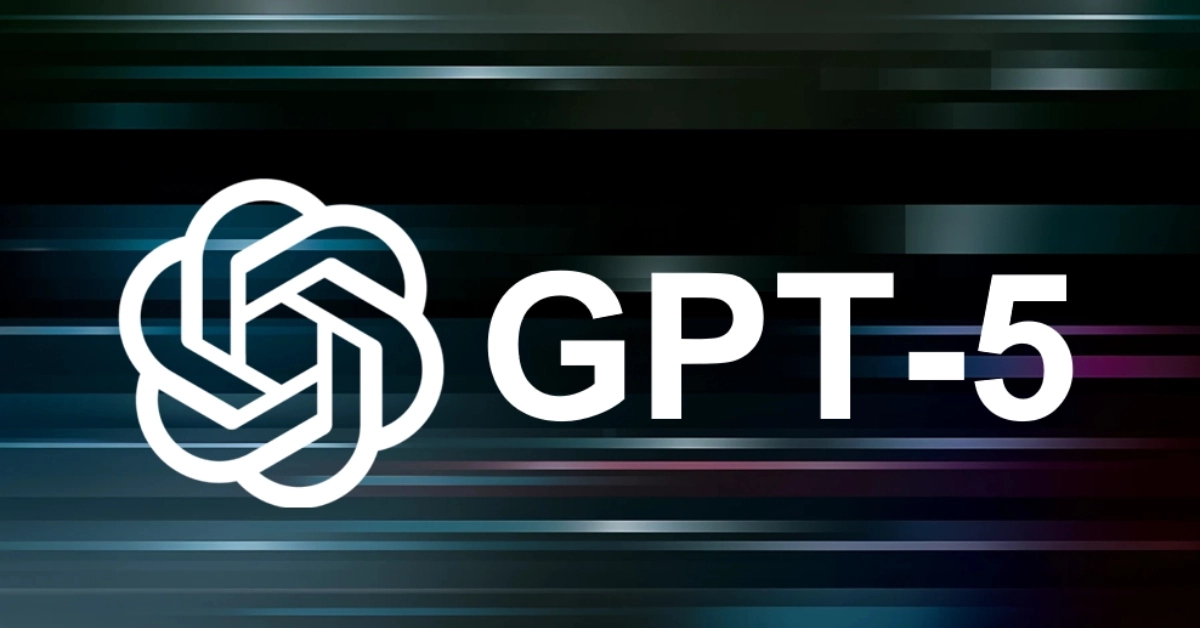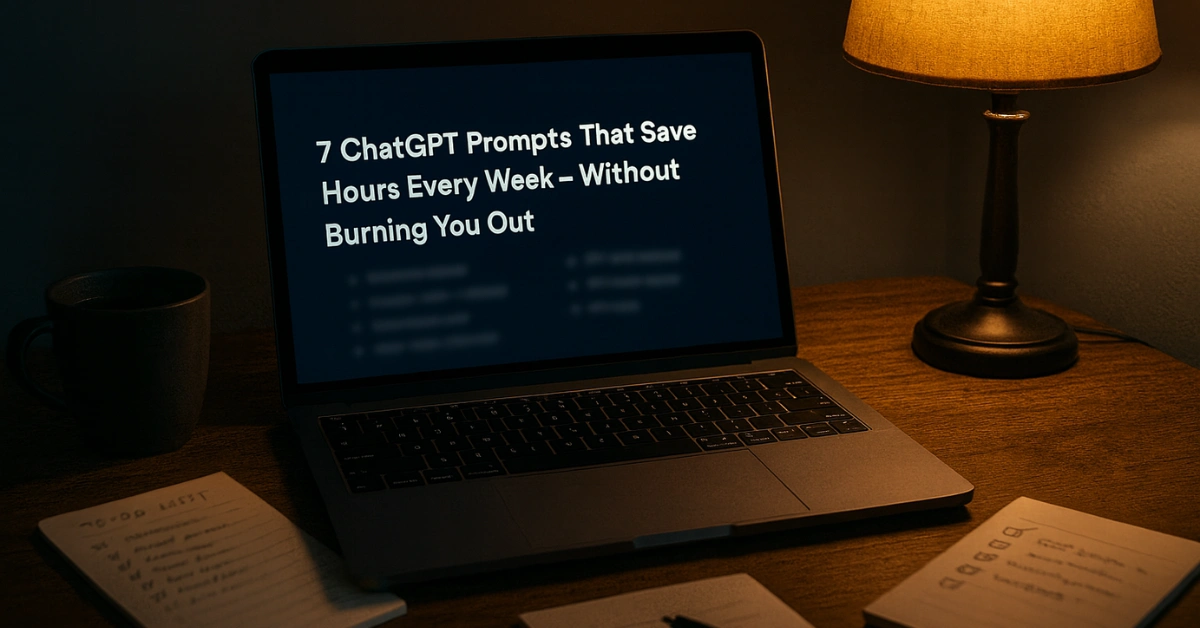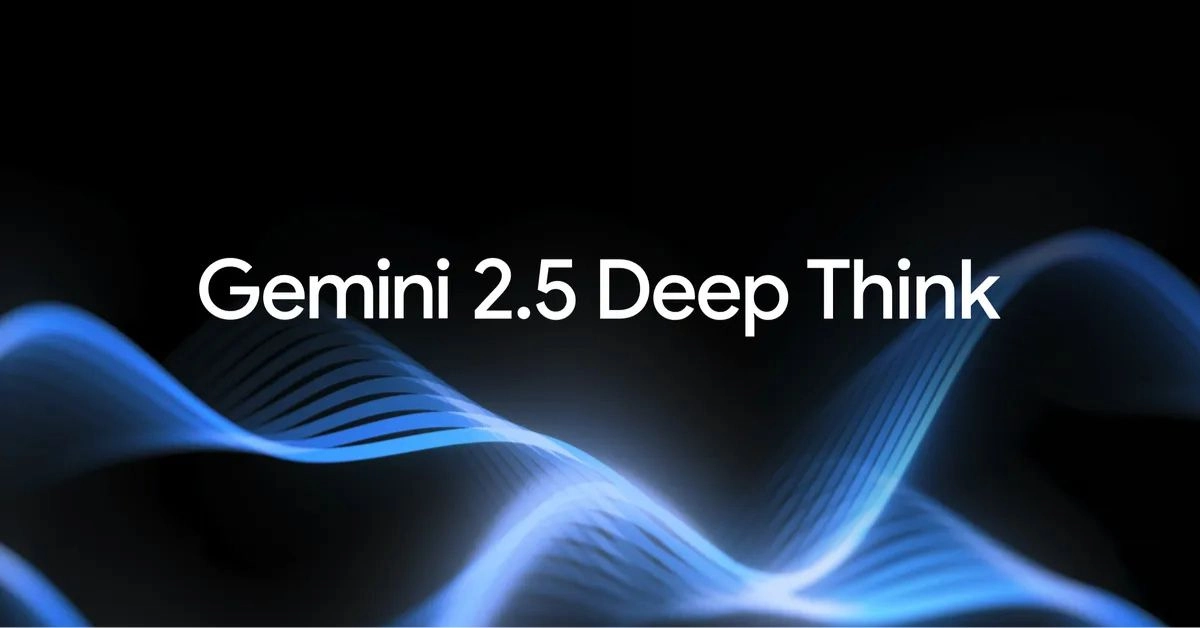OpenAI just made one of its quickest reversals yet.
On 7 August 2025, GPT-5 officially launched. In the same breath, GPT-4o vanished from the ChatGPT model picker. No farewell note, no “thanks for the memories,” just gone.
For a lot of users, GPT-4o was not just another option. It was the model many trusted for quick, conversational, and still sharp responses. Its removal did not just disappoint people, it triggered an immediate wave of stopwatch tests, side-by-side comparisons, and “this feels slower” posts across Reddit, X, and AI forums.
By 11 August 2025, GPT-4o was back. No press release, no OpenAI blog post, just quietly placed under the “Legacy models” label, only visible to ChatGPT Plus subscribers. And yes, you will have to manually turn it on.
Is GPT-4o Back in ChatGPT?
Yes, but not for everyone.
GPT-4o is available again, but only if you are on the ChatGPT Plus plan. Even then, you will not see it until you dig into the settings.
Its original release in May 2024 was a milestone for OpenAI. GPT-4o was the first “omni” model that could process text, images, and voice in real time. It felt fast, natural, and responsive in a way that made conversations flow. Many users stuck with it over GPT-4 Turbo because it balanced speed and reasoning perfectly.
When GPT-5 replaced it as the default model on 7 August, it was not just a technical swap, it changed the feel of ChatGPT for a lot of people. The quick, almost human-like pace was gone, replaced with GPT-5’s more methodical and sometimes stiffer delivery. That is why its quiet return a few days later got noticed so quickly.
How to Enable GPT-4o in ChatGPT
If you have ChatGPT Plus, here is how to make GPT-4o show up again:
- Log in to ChatGPT on web or app with your Plus account.
- Click your profile icon (bottom left) and open Settings.
- Under General, toggle Show legacy models.
- Refresh ChatGPT.
- Open the model picker and choose GPT-4o from the “Legacy” section.
Once enabled, it will appear across all your devices. If it is still missing, log out, clear your cache, and log back in. Free-tier users will not see GPT-4o at all.
GPT-4o vs GPT-5 — Which One Should You Use?
If GPT-5 was strictly better in every way, this conversation would not exist. But the differences are real.
Speed: GPT-4o replies faster. In testing, it delivered a 300-word answer in about 3 seconds versus GPT-5’s 5 seconds. That speed difference makes conversations feel more fluid.
Tone: GPT-4o is warmer and more conversational out of the box. GPT-5 leans more formal unless you guide it.
Reasoning: GPT-5 is better for multi-step logic, technical analysis, and in-depth planning.
Multimodal Skills: GPT-5 is more accurate with image and voice tasks. GPT-4o handles them well, but not with the same precision.
Limits: GPT-5 now has higher daily message caps. GPT-4o’s cap is lower and counted separately.
If you value quick, human-feeling interaction, GPT-4o is the one to toggle on. If you are doing deep research, heavy problem-solving, or multimodal projects, GPT-5 is worth sticking with.
GPT-4o vs GPT-5 at a Glance
| Feature / Metric | GPT-4o | GPT-5 |
|---|---|---|
| Launch Date | May 2024 | 7 August 2025 |
| Return Date | 11 August 2025 (Plus-only) | N/A |
| Speed | Faster response time (~3s for 300 words) | Slightly slower (~5s for 300 words) |
| Tone & Style | Warm, conversational, natural | More formal by default |
| Reasoning Ability | Strong, but less capable with complex logic | Best for advanced reasoning and long projects |
| Multimodal Skills | Handles text, images, and voice well | More accurate with vision and audio |
| Daily Message Limits | Lower cap, separate from GPT-5 | Higher cap for heavy use |
| Best Use Cases | Brainstorming, creative writing, social media copy | Research, technical work, multimodal tasks |
| Availability | Plus-only, under “Legacy models” | Default model for all users |
Why GPT-4o Is Now Plus-Only
Bringing GPT-4o back was not just about pleasing fans, it was about doing it in a way that still made business sense.
Every GPT-4o request uses expensive compute resources. When GPT-5 launched, OpenAI wanted most users on it to showcase the latest technology and control infrastructure costs. Removing GPT-4o from the free tier was the fastest way to make that happen.
The pushback was loud enough to bring GPT-4o back, but only as a perk for paying customers. This lets OpenAI keep its new flagship front and center while monetizing the model people did not want to lose.
The Bigger Picture — User Feedback Works, But With Limits
This is not the first time an AI company has reversed course after community backlash. Google rolled certain Gemini features back in after user complaints. Anthropic made changes to Claude’s memory rollout when customers pushed back.
What is notable here is the speed. GPT-4o was removed on 7 August and reinstated on 11 August. That is a four-day turnaround, incredibly fast for a company at OpenAI’s scale.
But it also shows the limits of that influence. GPT-4o is back, but not in the same way. It is no longer a default option and it is locked behind a subscription. The message is clear: OpenAI will listen, but only on terms that fit their product and revenue strategy.
Where This Leaves You
If you have ChatGPT Plus, enabling GPT-4o is worth trying, especially for creative work, casual chats, and rapid back-and-forths where tone and flow matter.
If your work is more technical, research-heavy, or multimodal, GPT-5 will give you the extra capability and higher limits you need.
If you are on the free plan, this move is OpenAI’s way of nudging you toward upgrading if you want more than the default model.
In Short — How to Enable GPT-4o in ChatGPT
GPT-4o is back, but only for ChatGPT Plus users.
To turn it on: Settings → General → Show legacy models → GPT-4o.
It is faster and more conversational, while GPT-5 is smarter and better at complex tasks.

